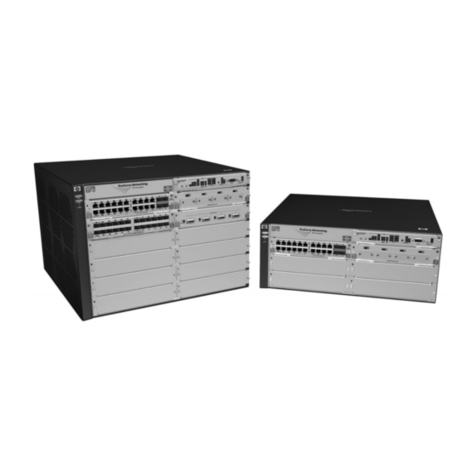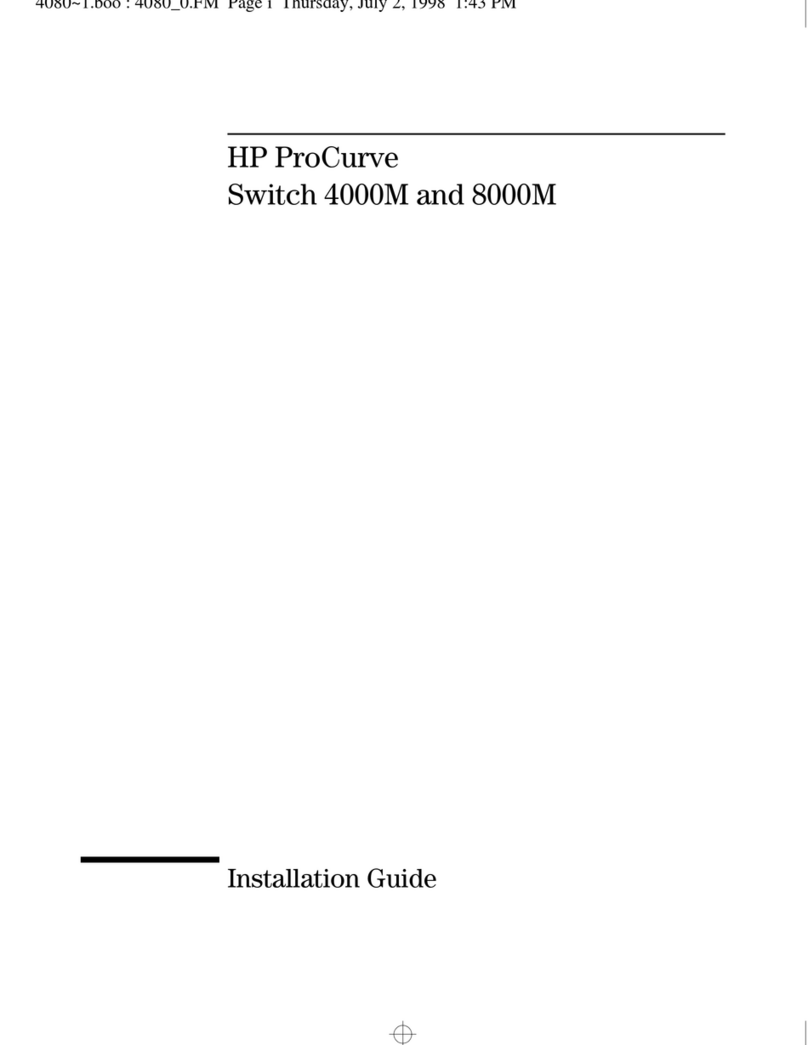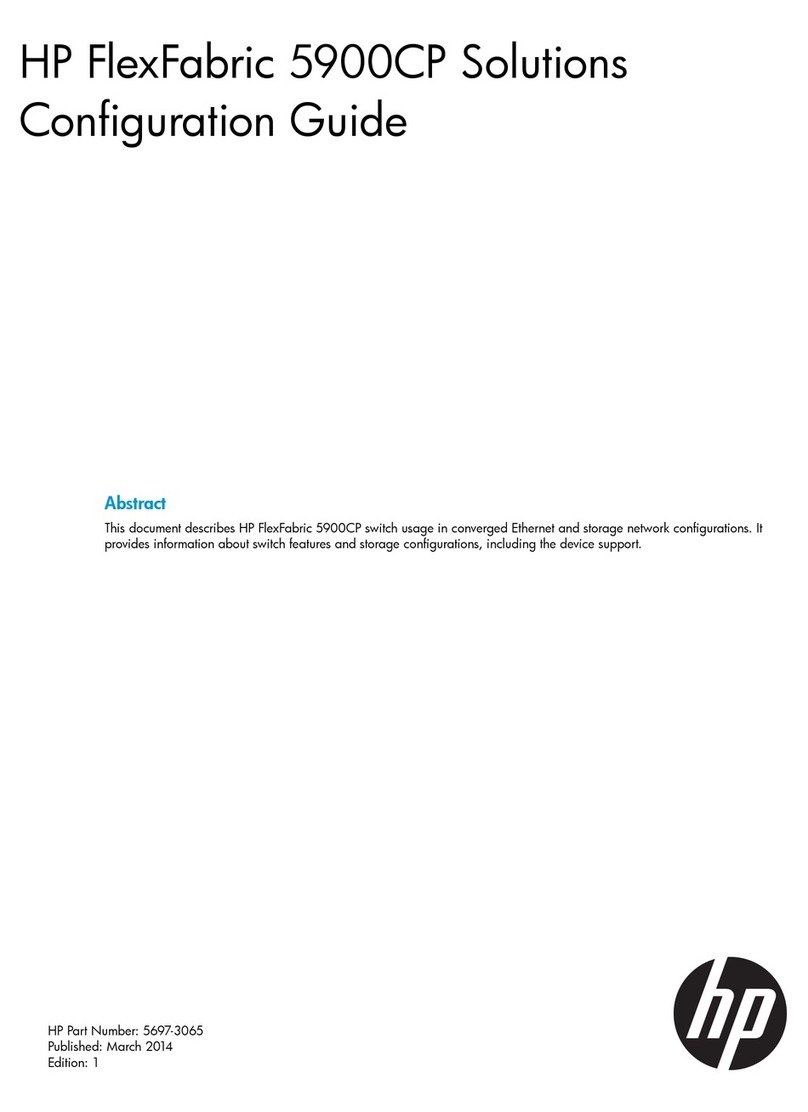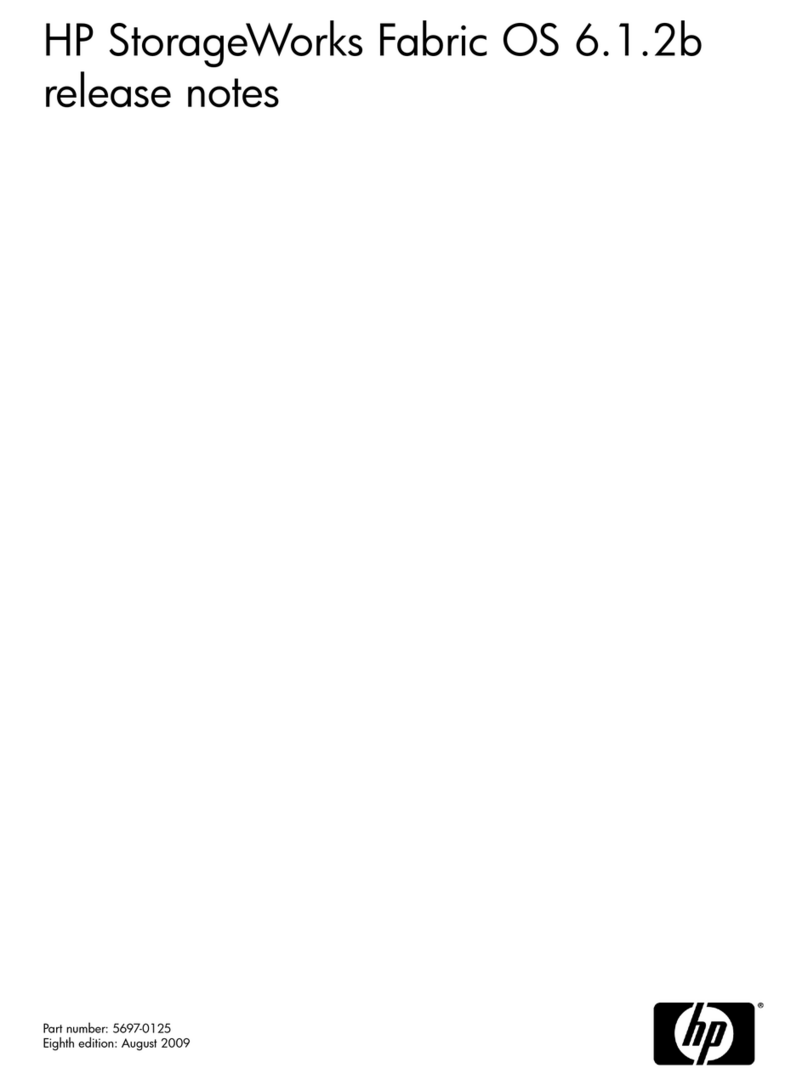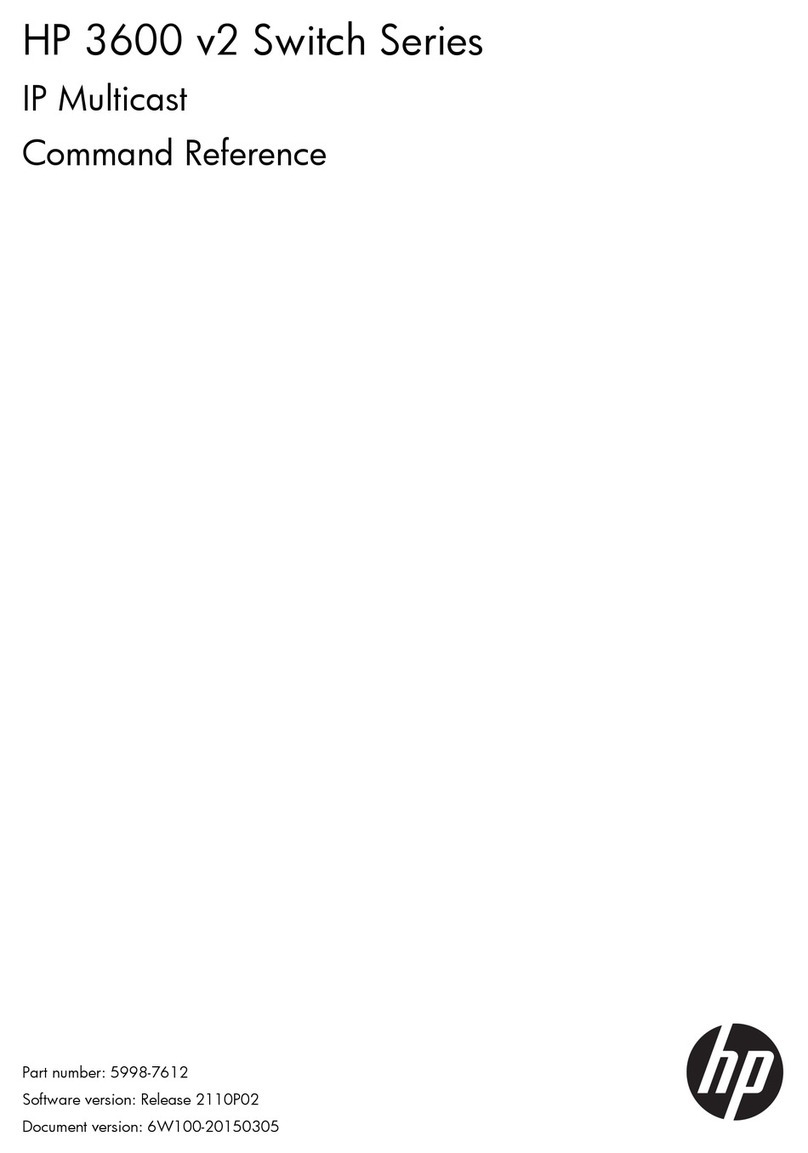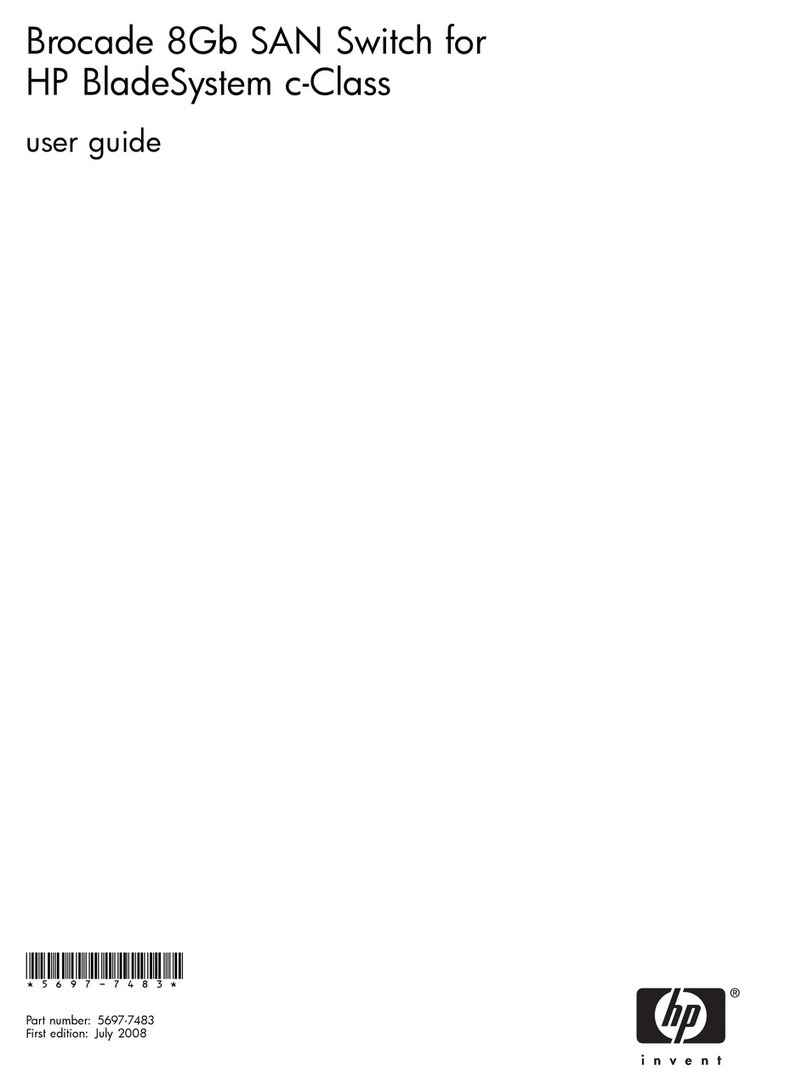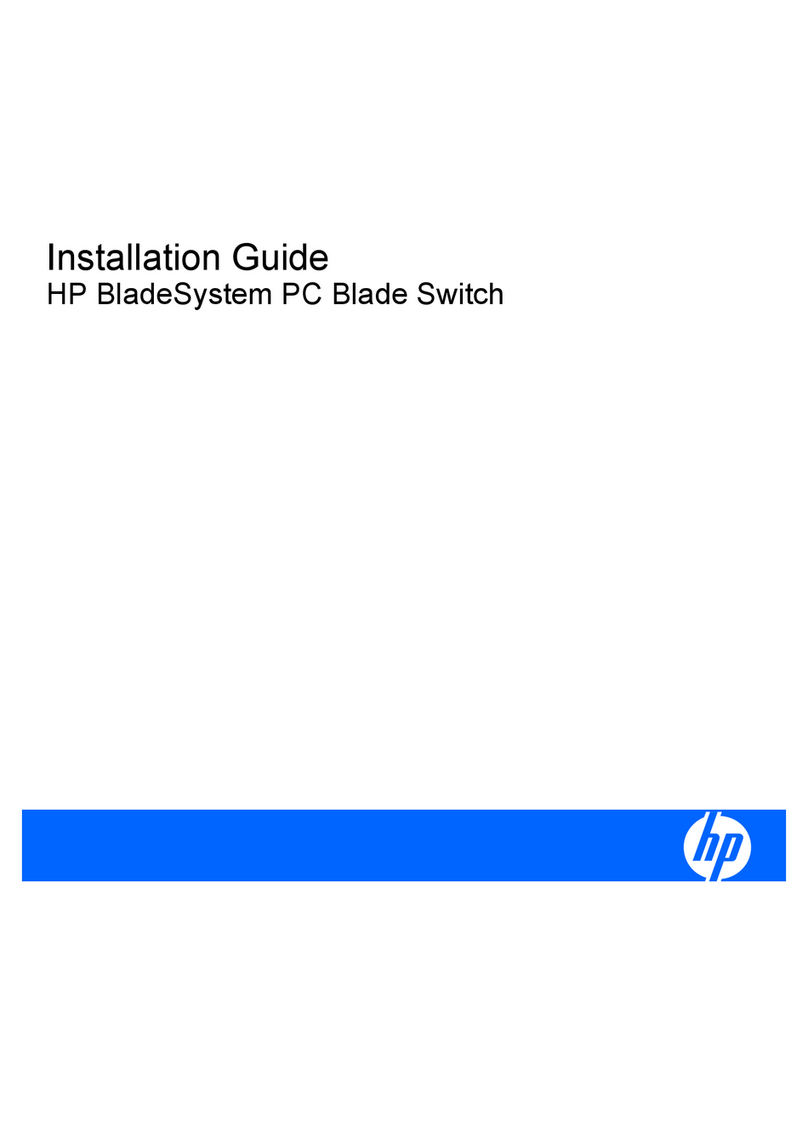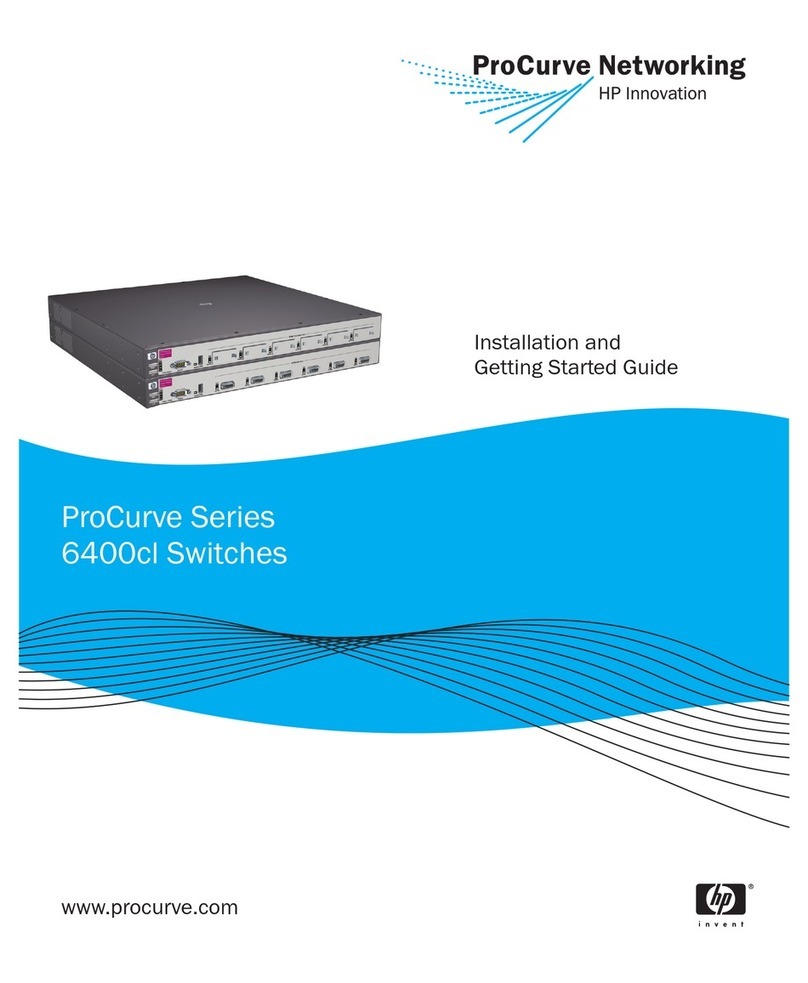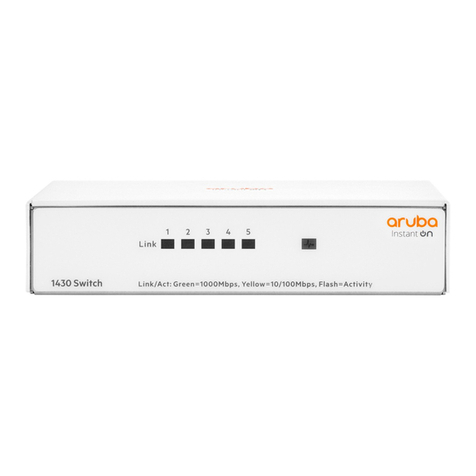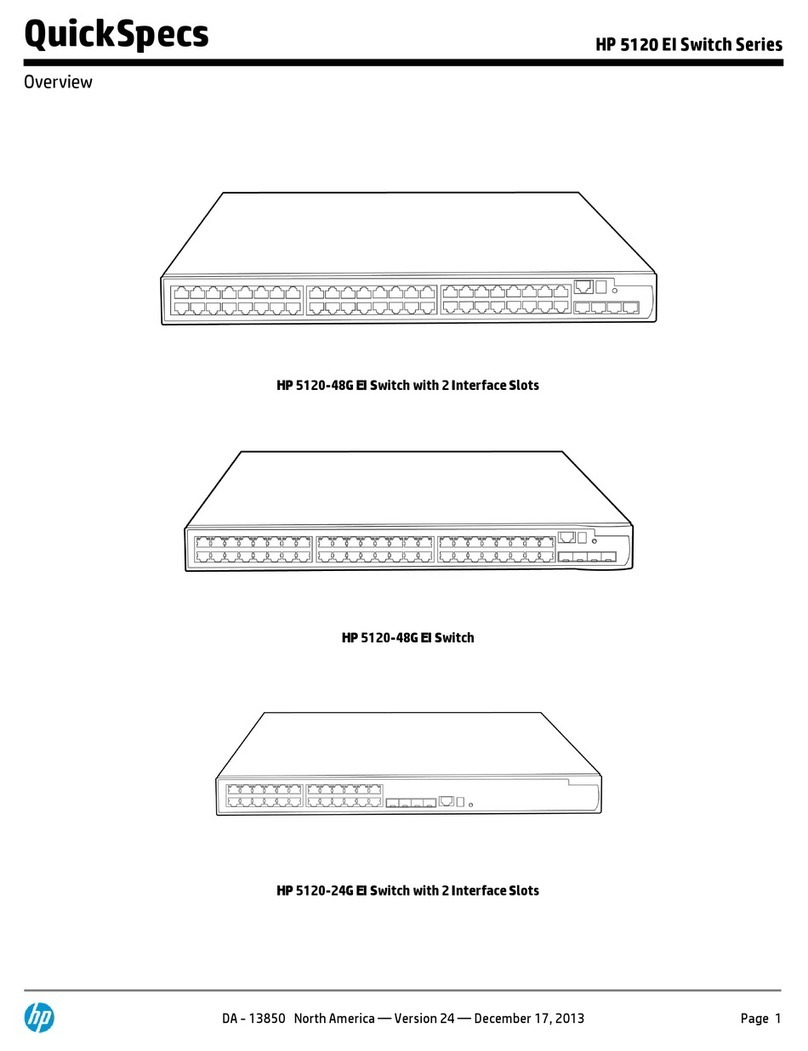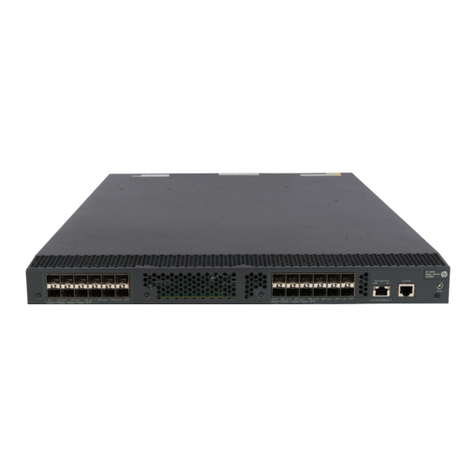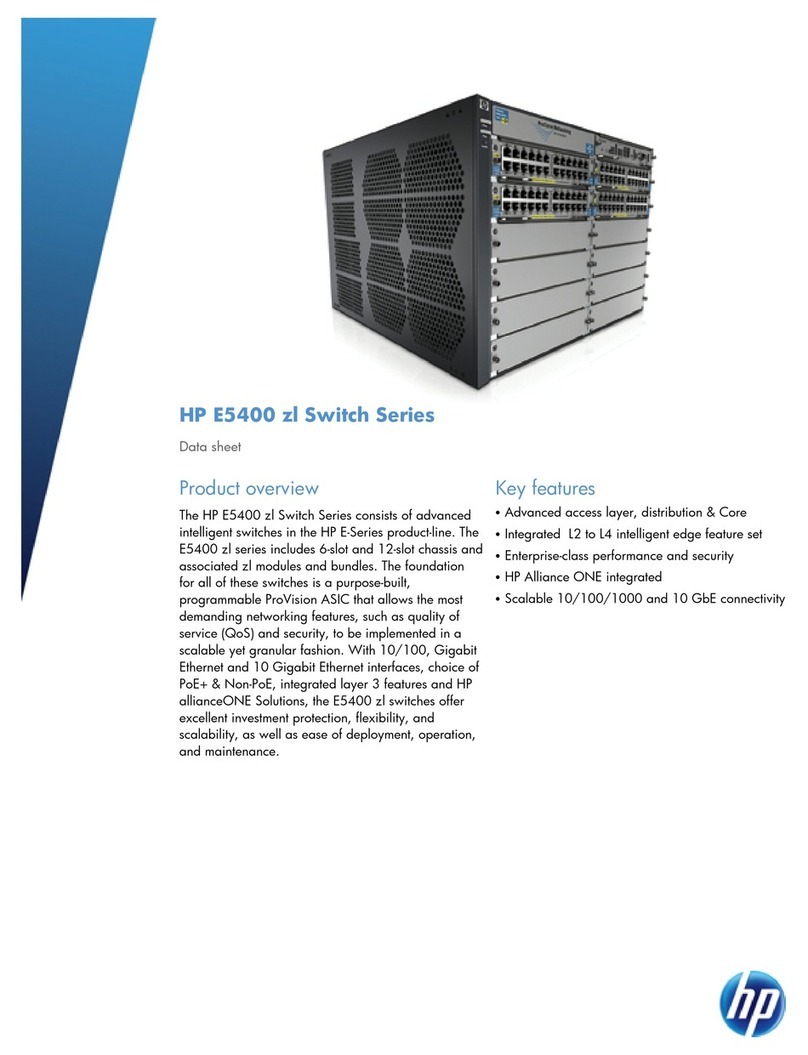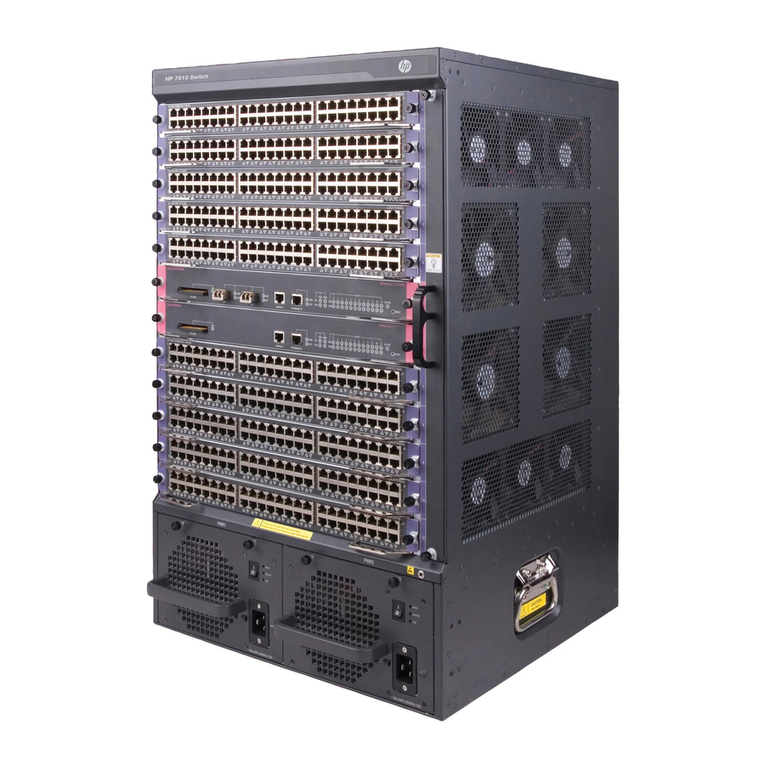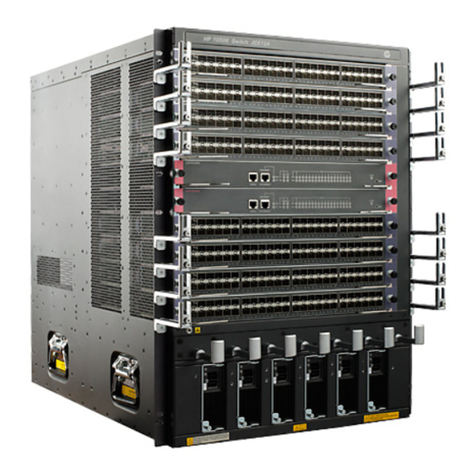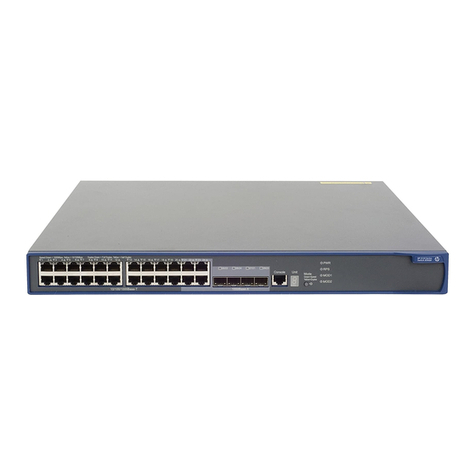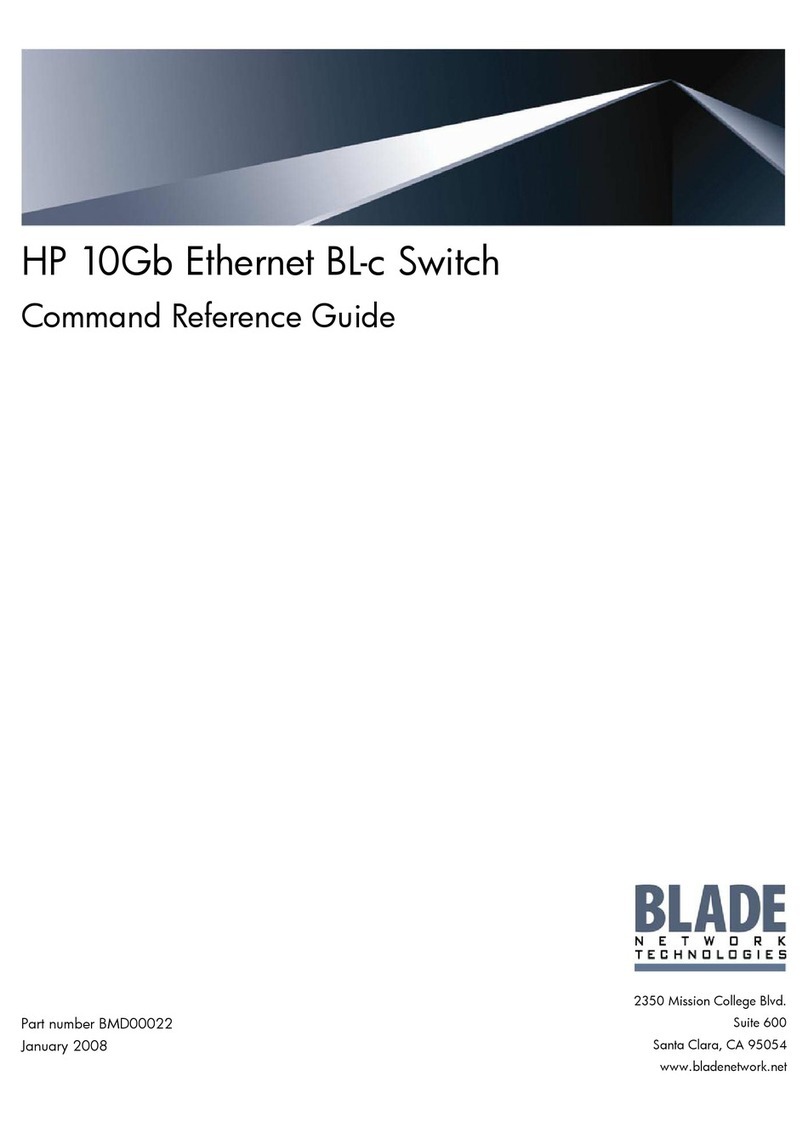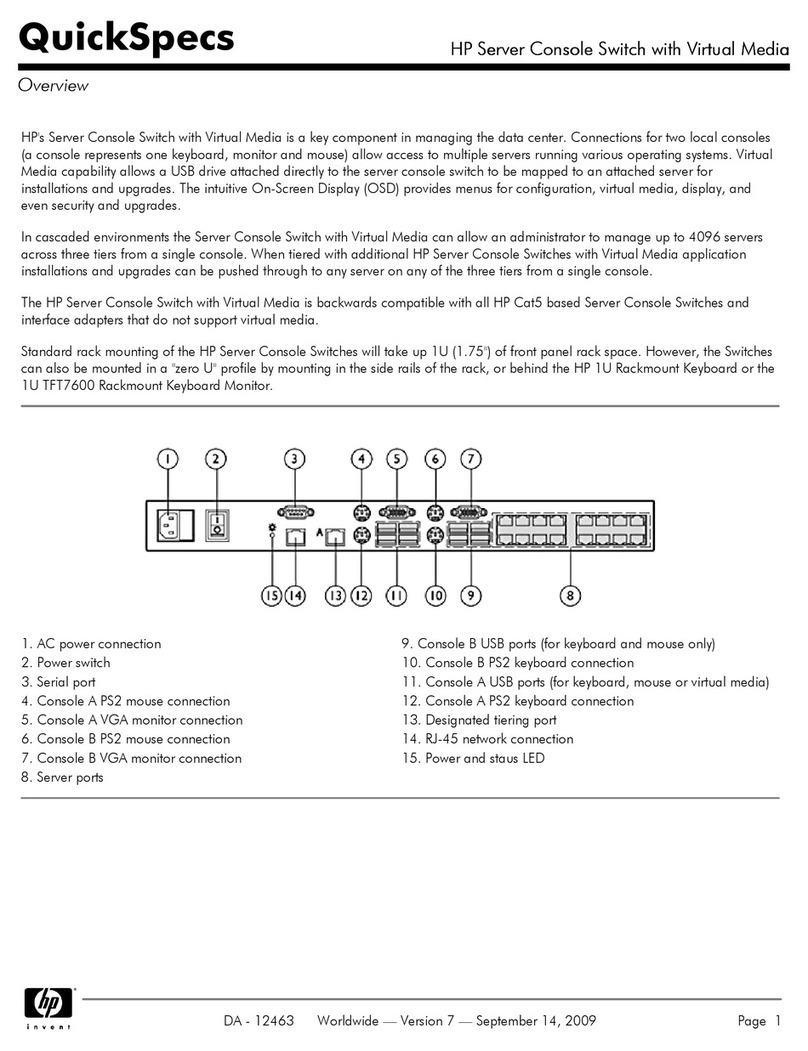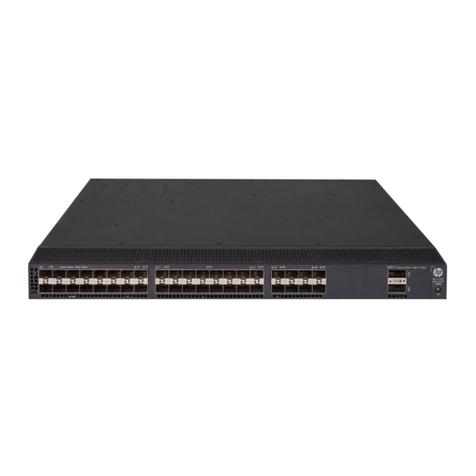
Glossary
7Directors and Edge Switches Glossary
channel wrap test
A diagnostic procedure that checks S/390 host-to-director connectivity by returning the output
of the host as input. The test is host-initiated, and transmits Fibre Channel frames to a director
port. A director port enabled for channel wrapping echoes the frame back to the host.
Class 2 Fibre Channel service
Provides a connectionless (not dedicated) service with notification of delivery or nondelivery
between two N_Ports. In-order delivery of frames is not guaranteed.
Class 3 Fibre Channel service
Provides a connectionless (not dedicated) service without notification of delivery or nondelivery
between two N_Ports. Also known as datagram.
Class F Fibre Channel service
Used by switches to communicate across interswitch links (ISLs) to configure, control, and
coordinate a multiswitch fabric.
class of Fibre Channel service
Defines the level of connection dedication, acknowledgment, and other characteristics of a
connection. Class 2, Class 3, and Class F services are supported.
community name (SNMP)
A name that represents a simple network management protocol (SNMP) community that the
agent software recognizes as a valid source for SNMP requests. A product recognizes a
management station as a valid recipient for trap information when the station’s community
names are configured.
community profile
Information that specifies which management objects are available to what management
domain or SNMP community name.
concurrent firmware upgrade
Firmware is upgraded without disrupting switch operation.
concurrent maintenance
Ability to perform maintenance tasks, such as removal or replacement of field-replaceable units
(FRUs), while normal operations continue without interruption. See also nondisruptive
maintenance.
configuration data
Configuration data includes identification data, port configuration data, operating parameters,
SNMP configuration, and zoning configuration. A configuration backup file is required to
restore configuration data if the control processor (CTP) card in a nonredundant director is
removed and replaced.

